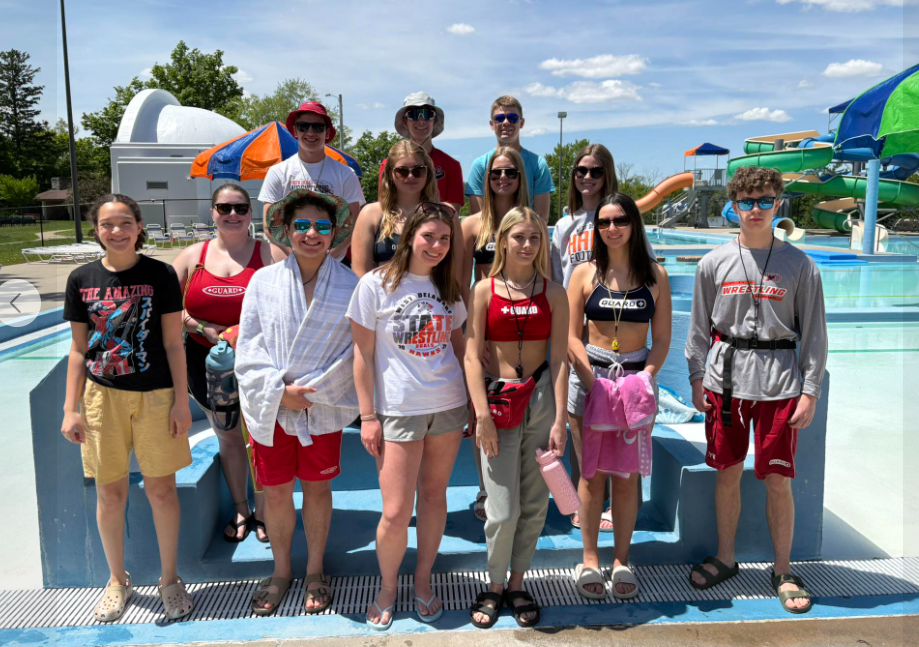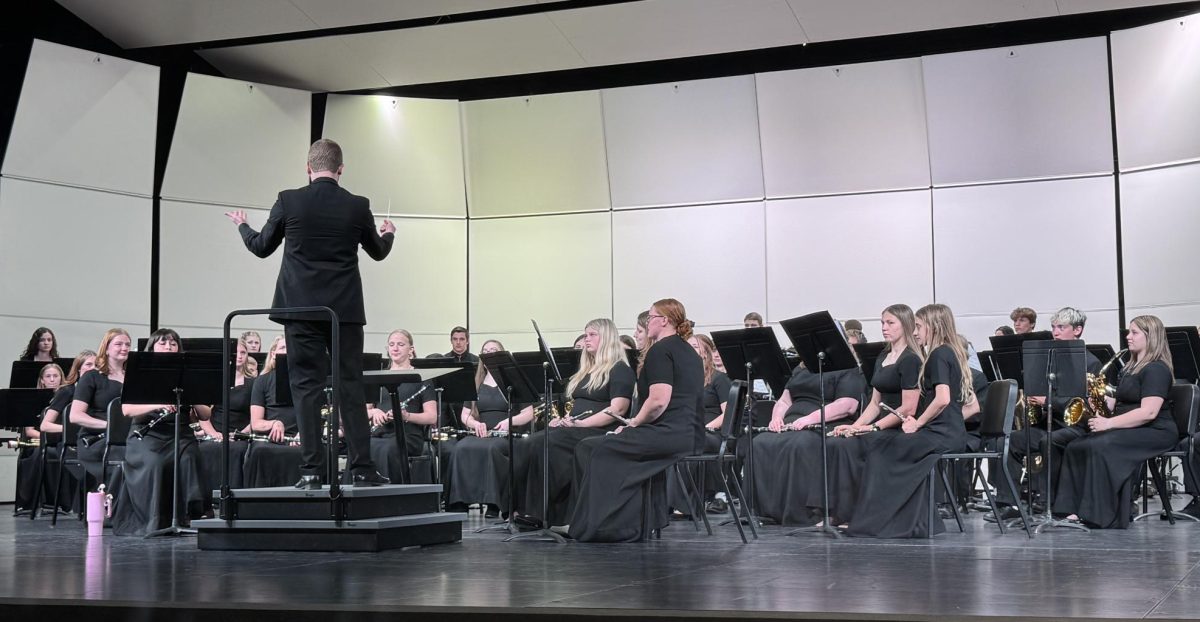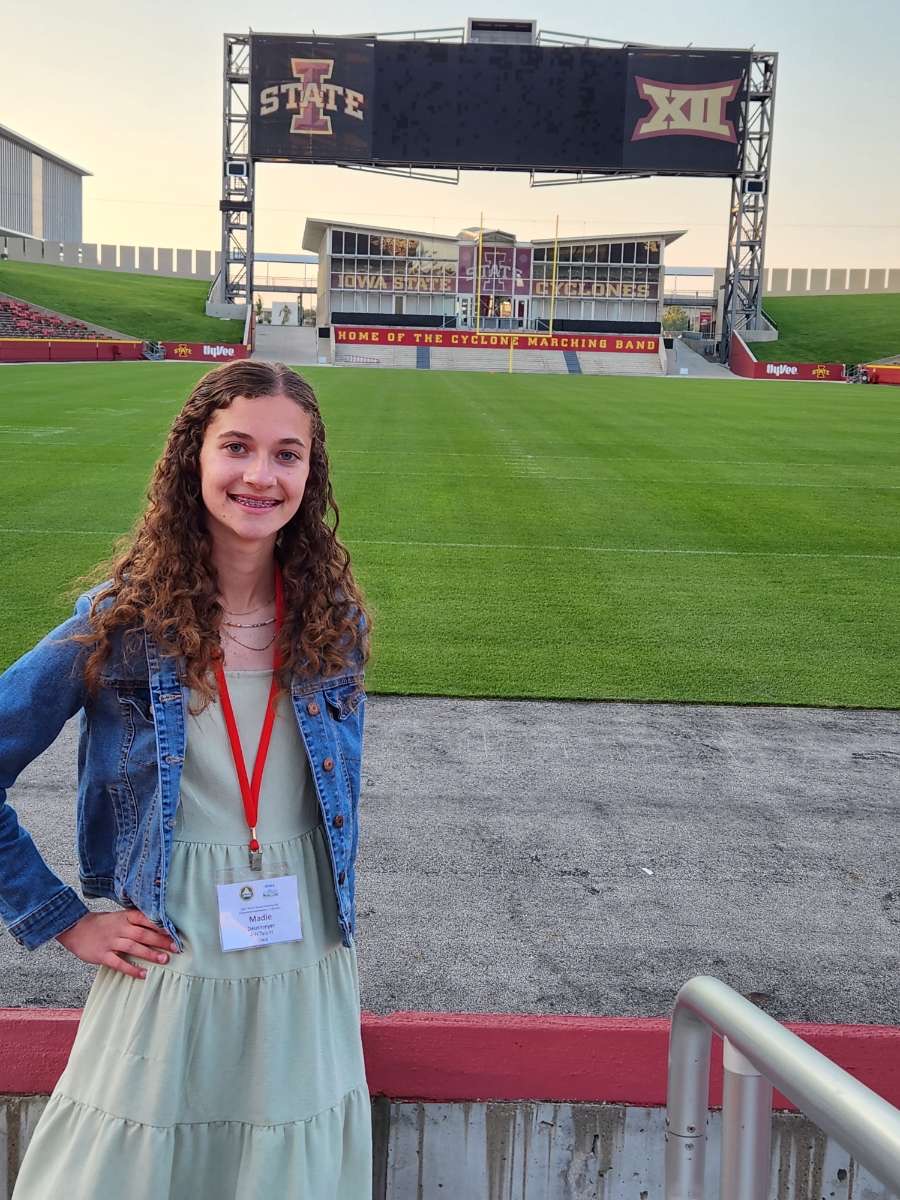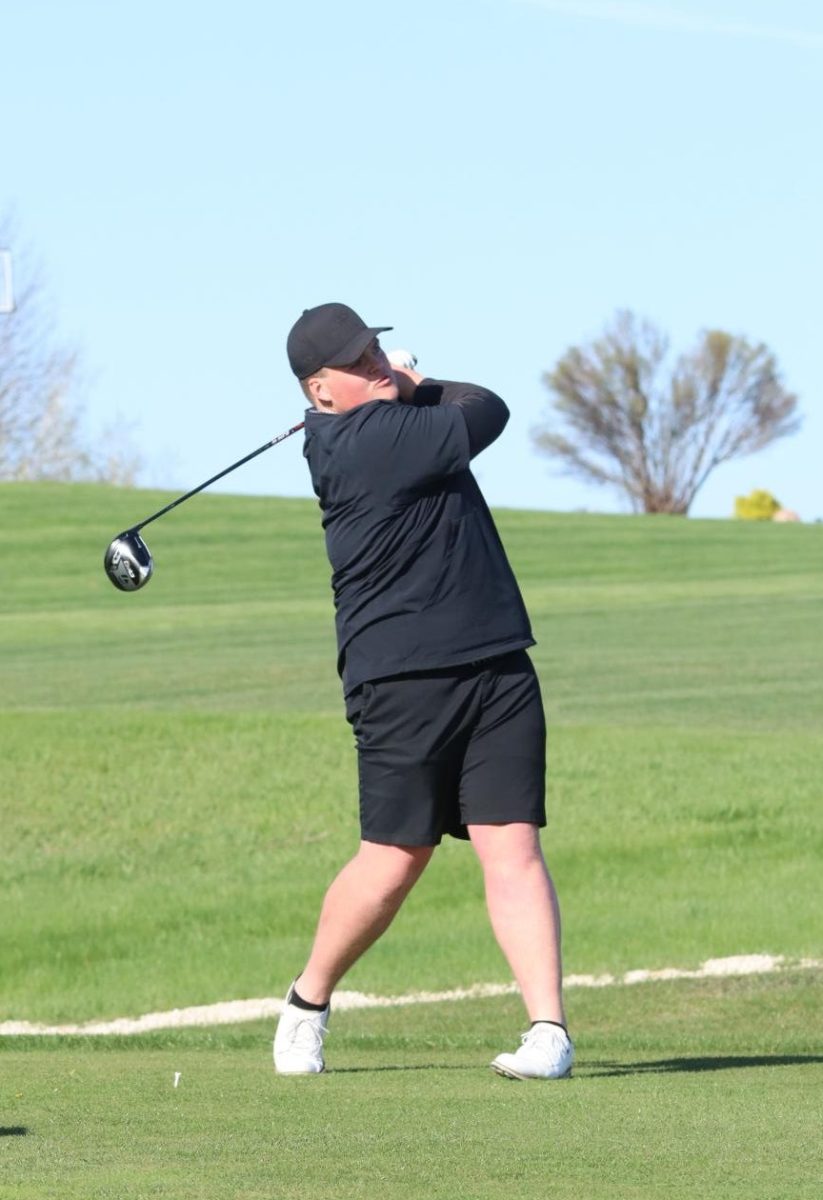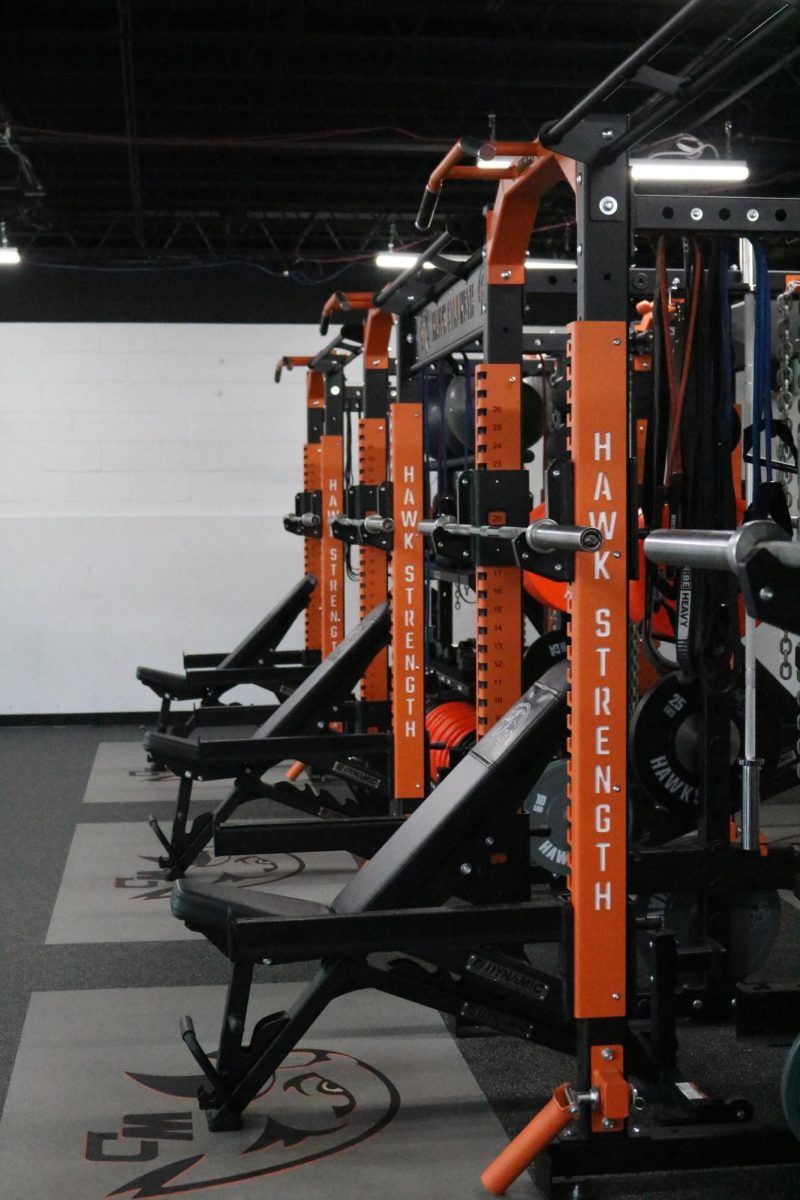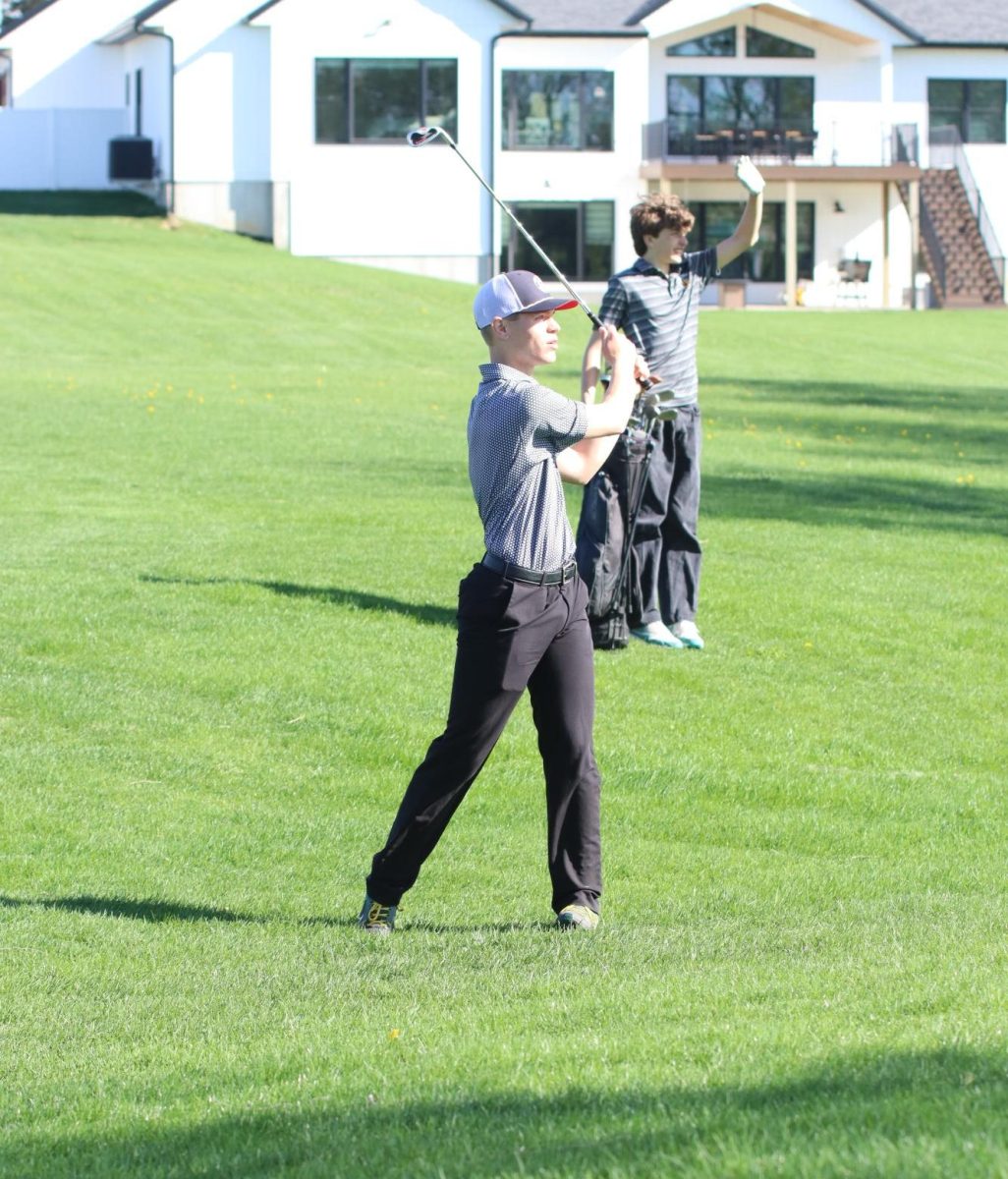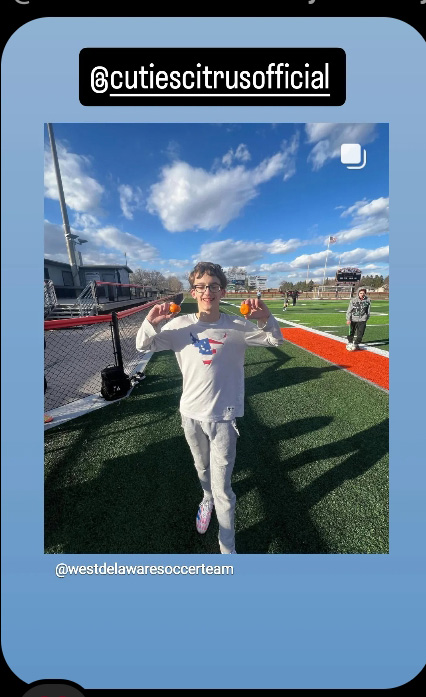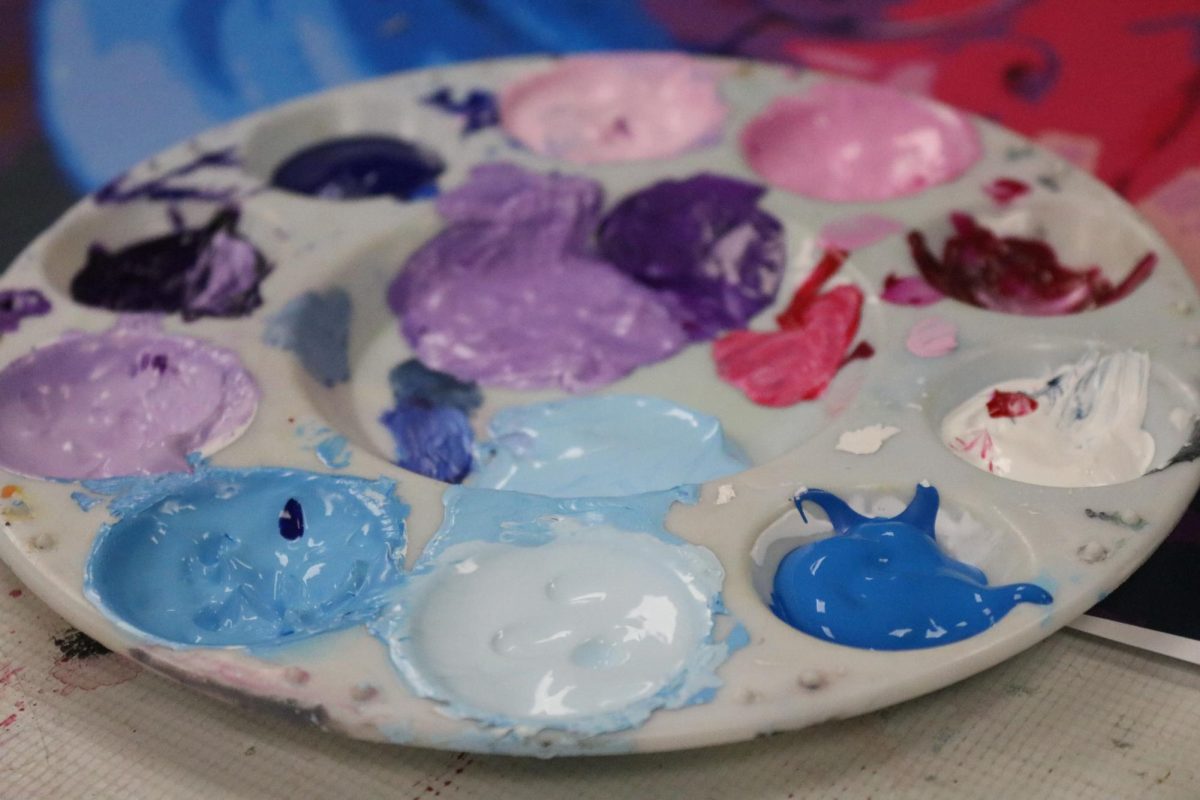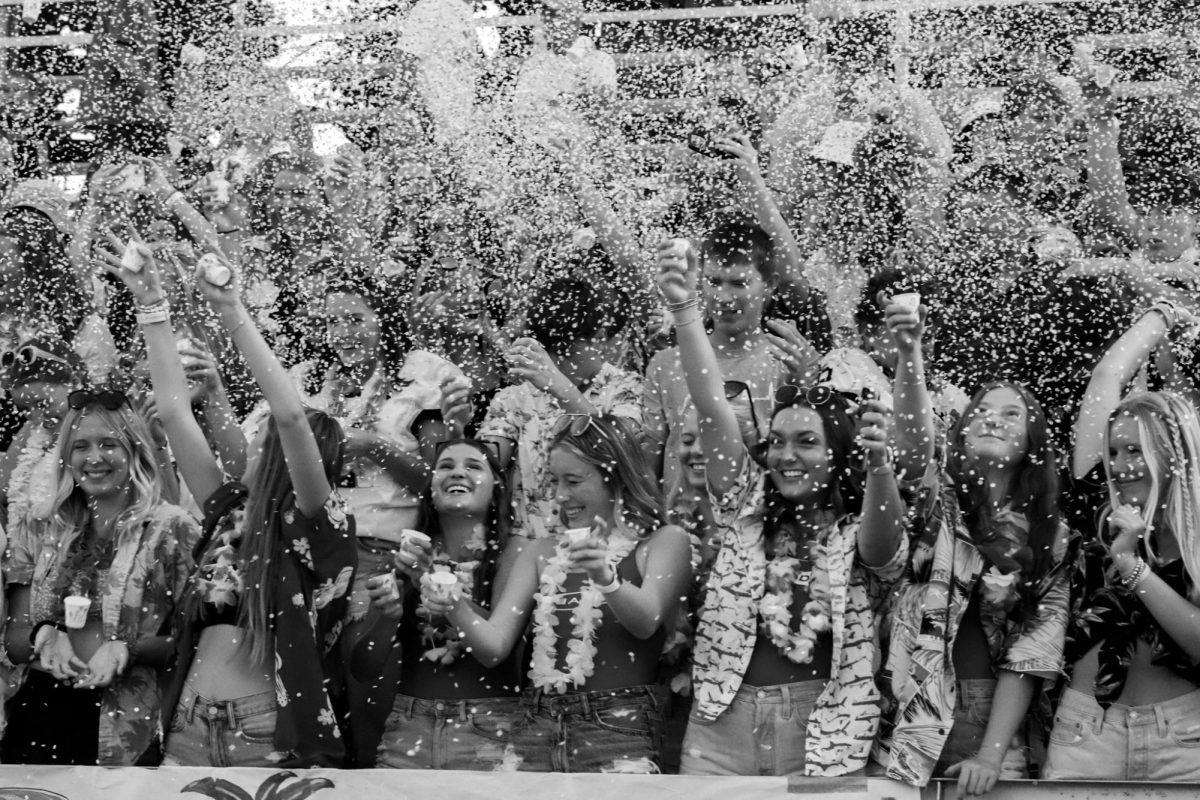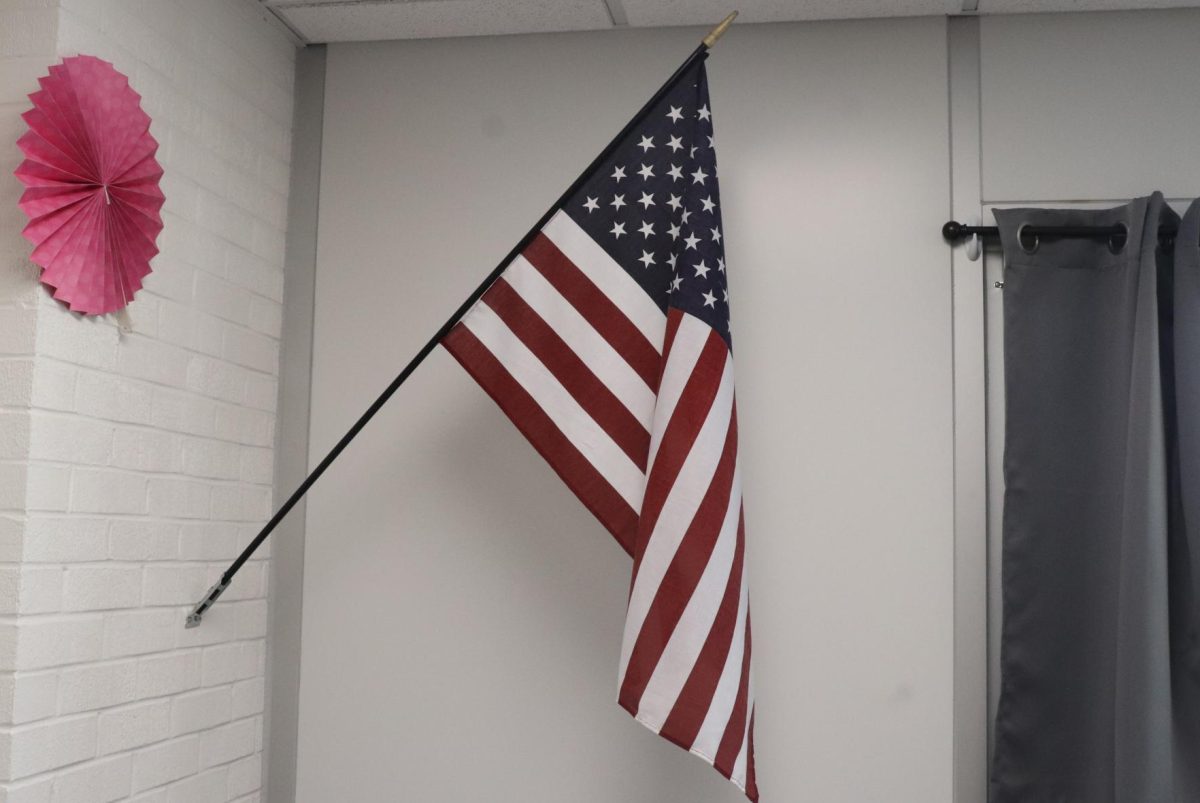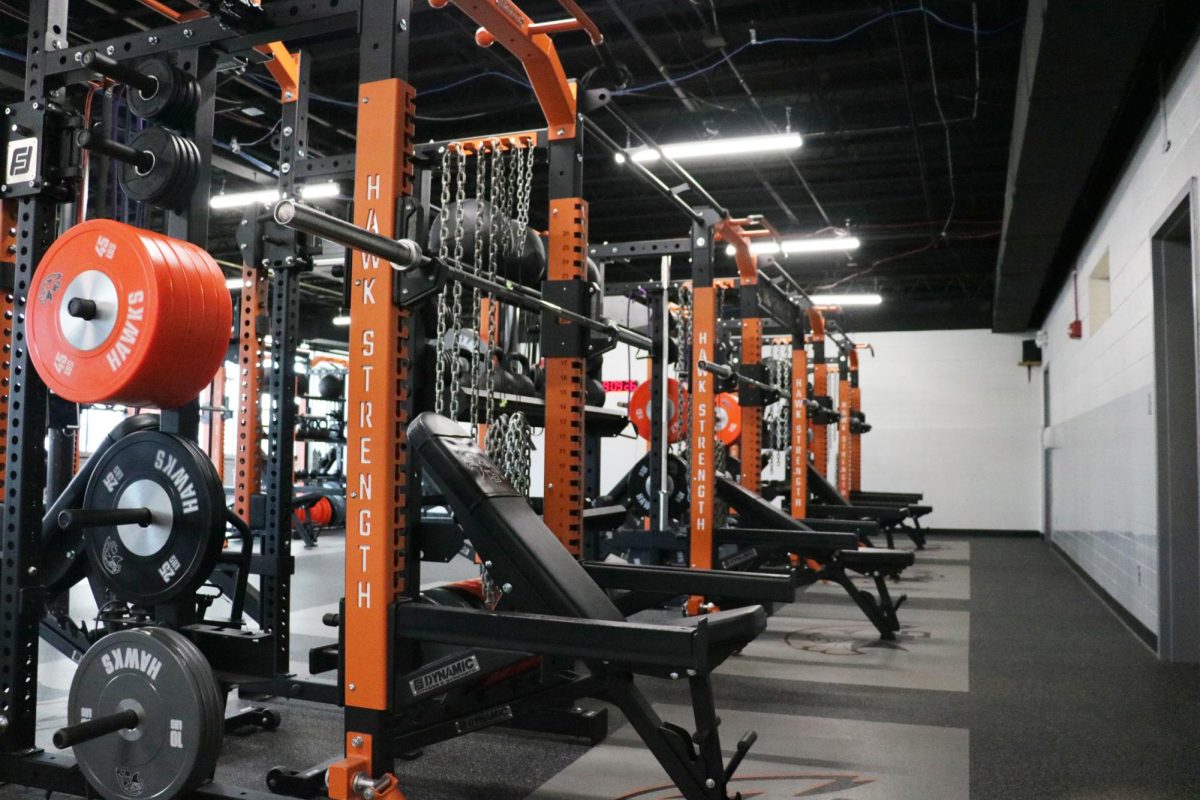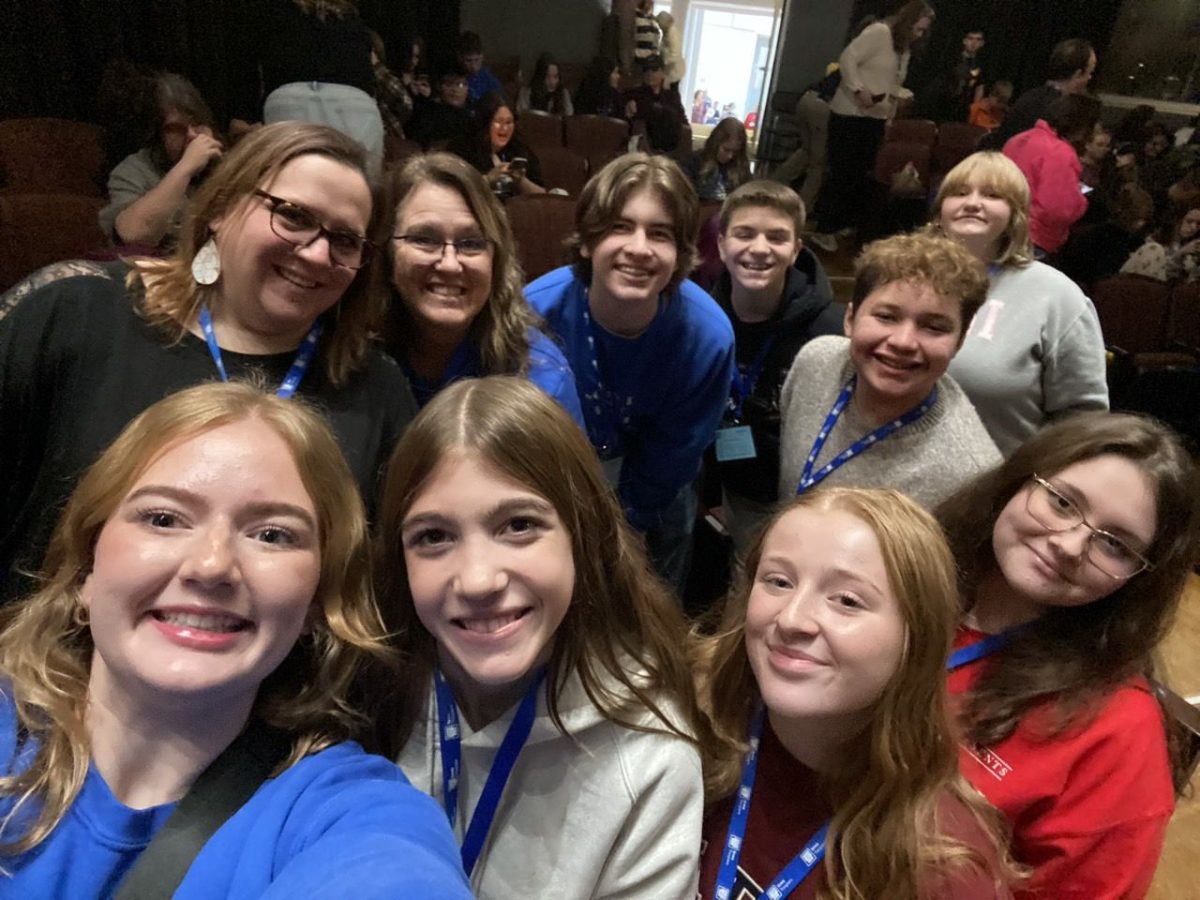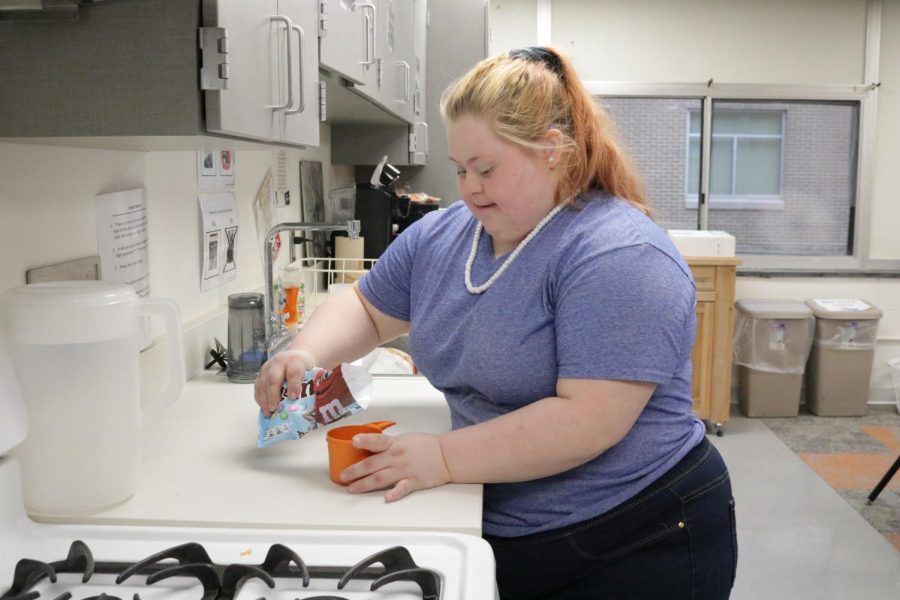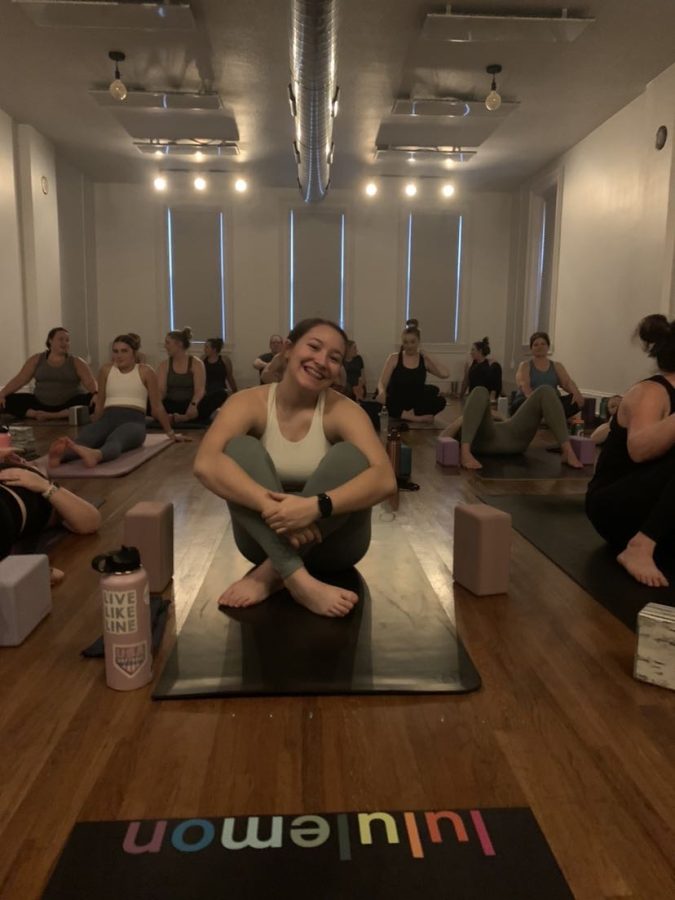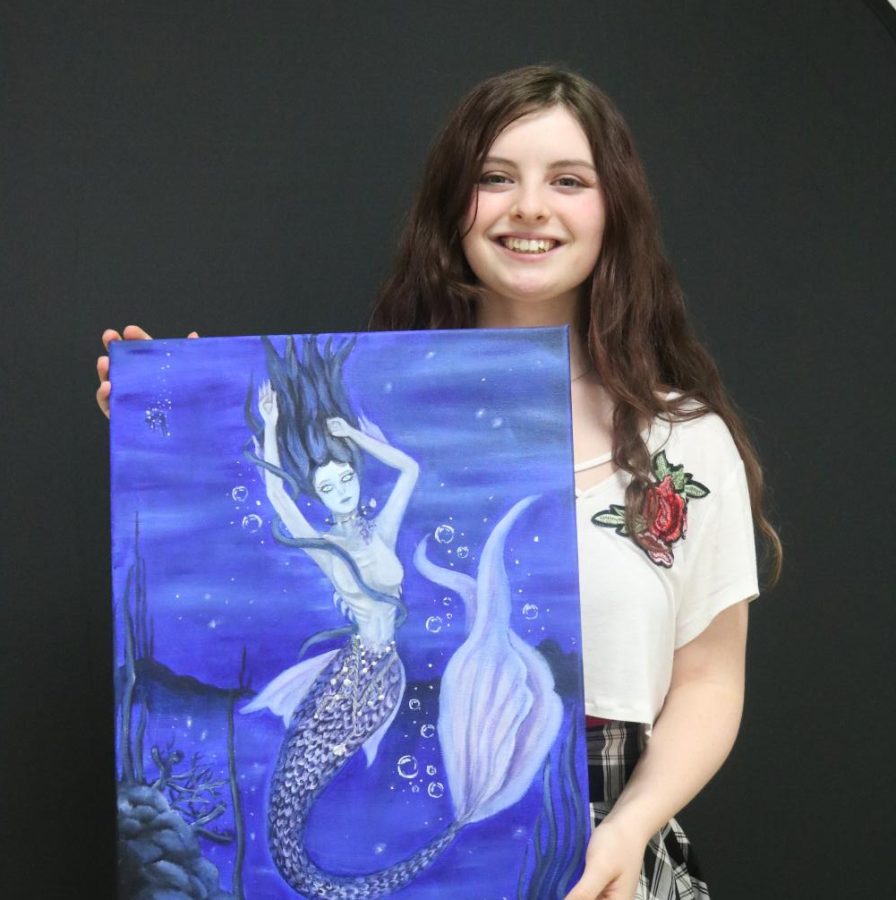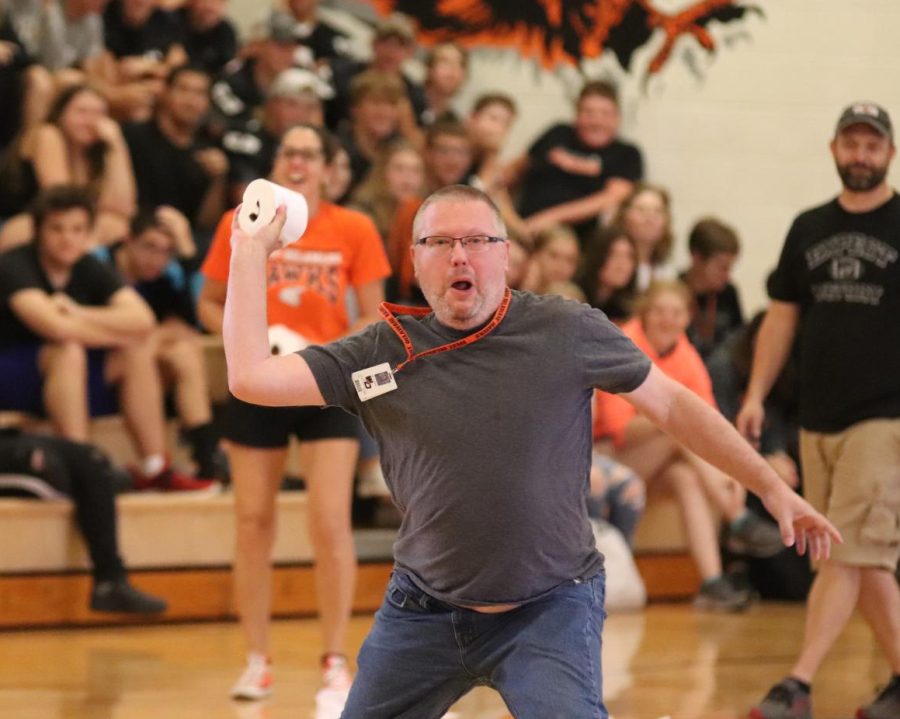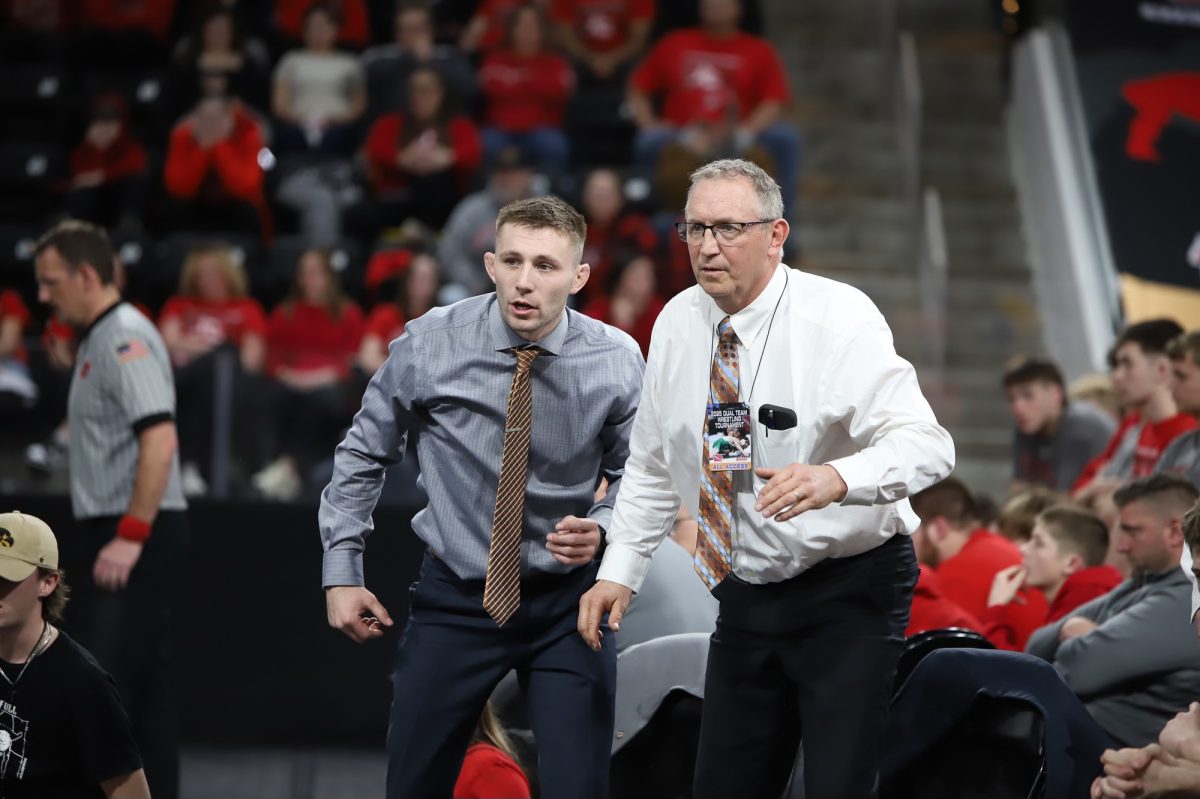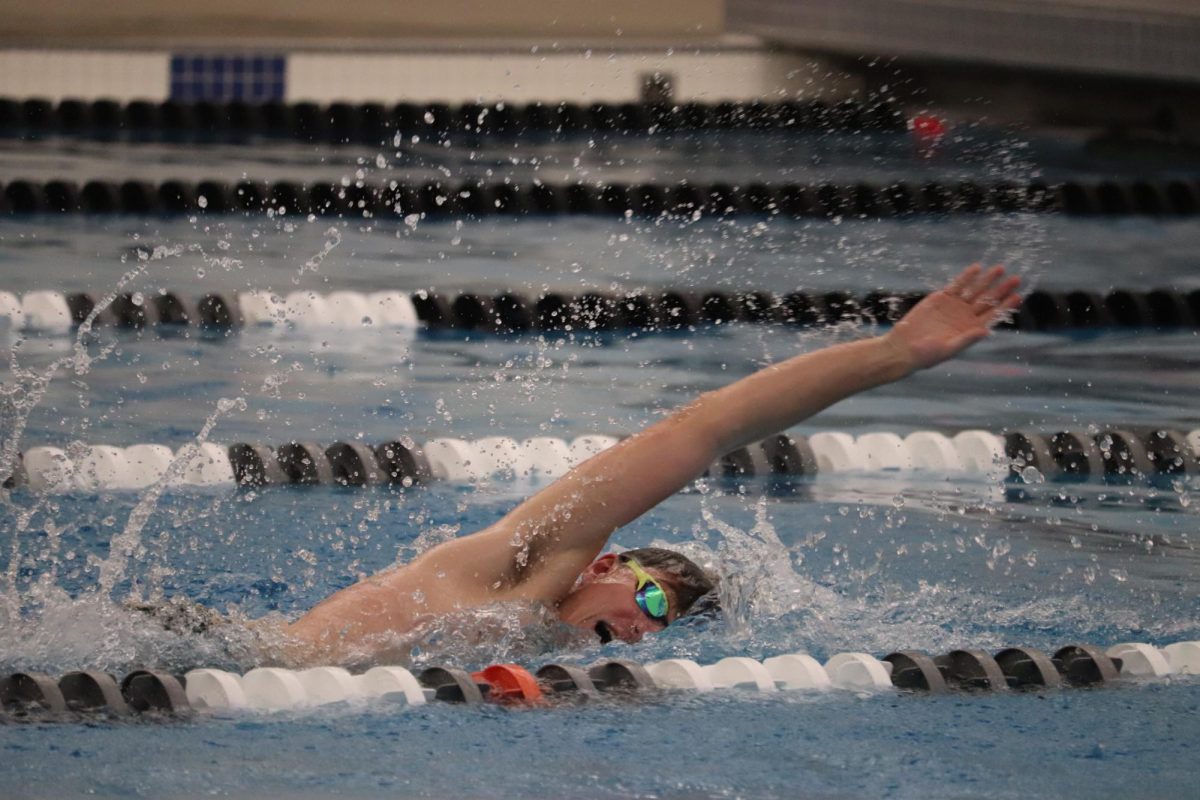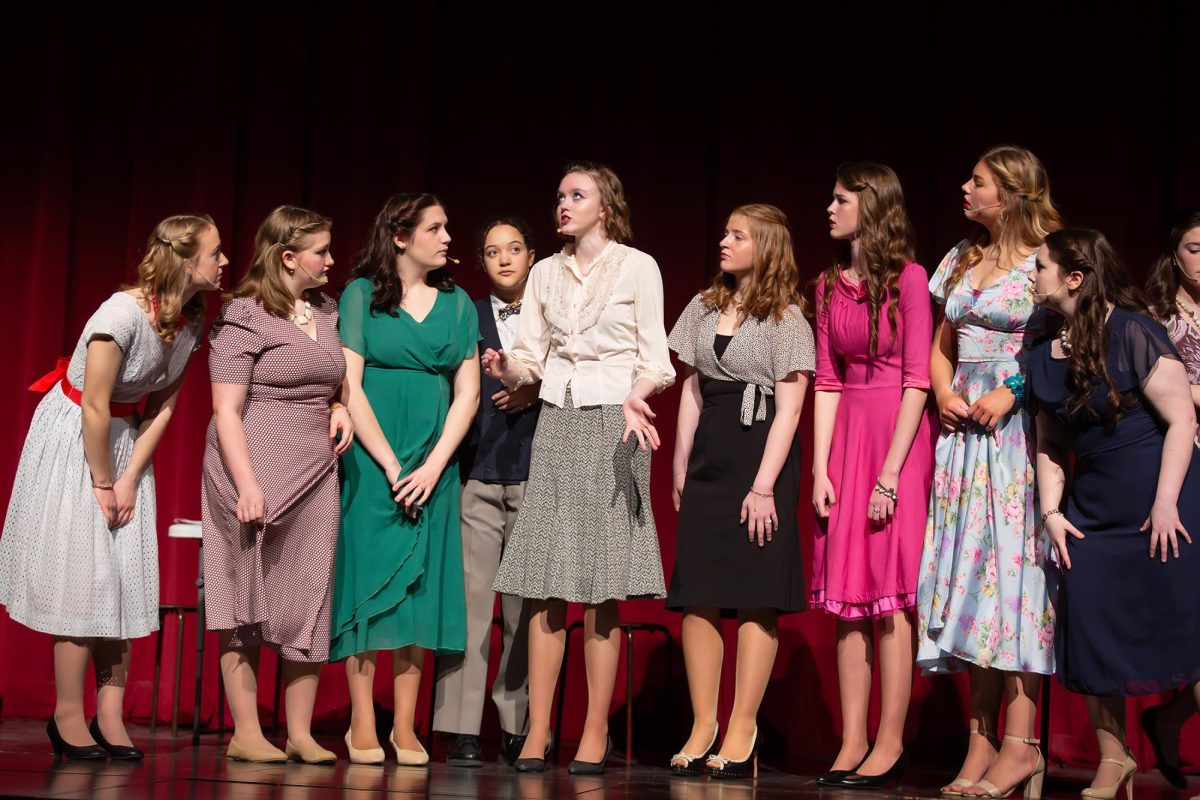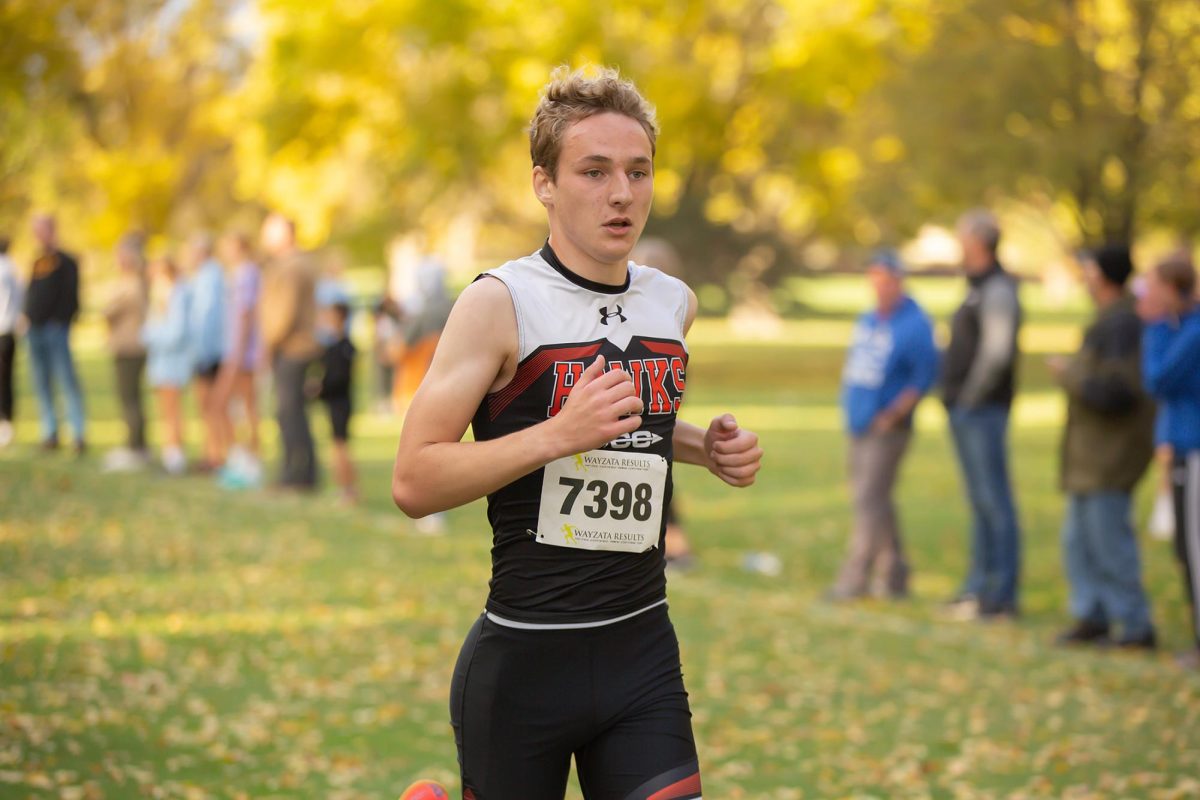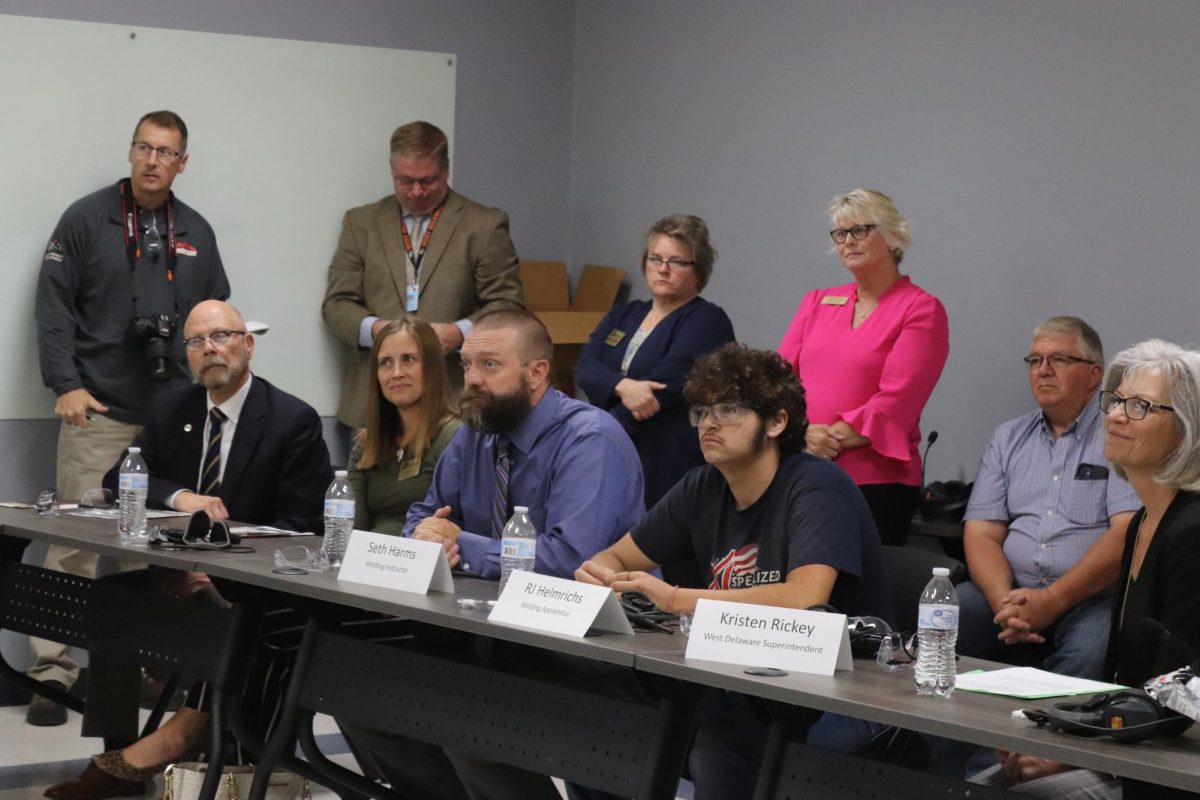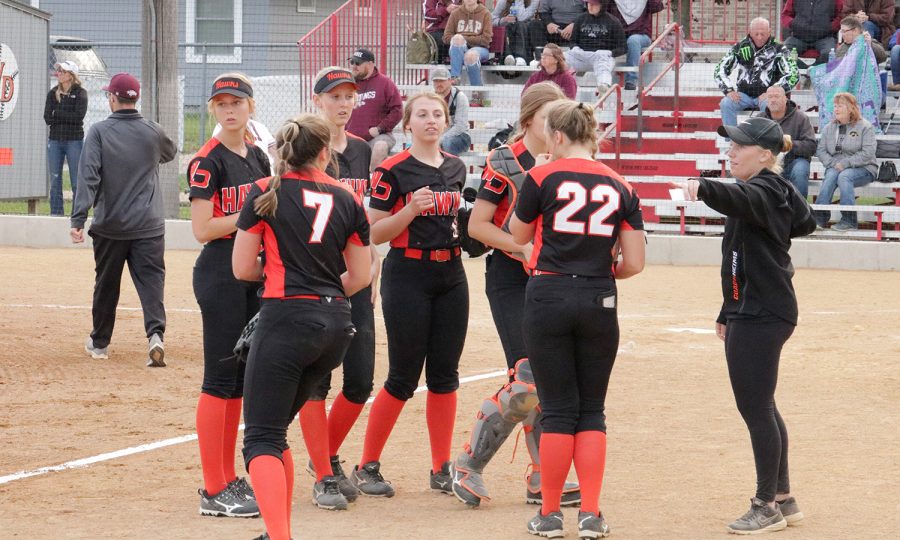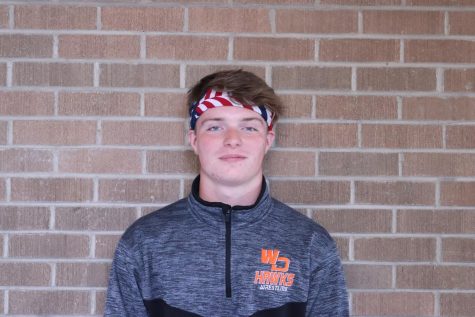Focus on the Field
This offseason will entail mental training as Ashley Heims enters her second year as the softball head coach.
Head Coach Ashley Heims gives directions to her players in between innings.
December 14, 2022
The softball off-season is approaching and second-year head coach Ashley Heims is bringing new ideas to the table to prepare her athletes physically and mentally.
“Being a head coach, one of the big things I continue to focus on is trying to keep my athletes physically and mentally healthy,” Heims said.
Heims stresses “quality over quantity” training to her athletes. Getting the girls in the gym less often with more intentional effort benefits the athletes’ drive and lessens the chance of burnout.
Heims understands that her athletes lead busy lives and are involved in lots of activities. Because of this, Heims has decreased the number of off-season practices from three to two times a week.
During the season, Heims holds individual meetings with her girls concerning their lives and their thoughts on the season.
Sophomore catcher Susie Funke appreciates Heims’ relatability.
“She’s closer to our age and was a college athlete not too long ago, so because of this, she understands what we’re going through,” Funke said. “You can come to her with any problem you have–softball related or not softball related.”
In addition, Heims uses motivational books and makes a binder with different motivational exercises and ideas. The team will go through these to show the athletes how to handle negativity. For example, she shared the inspirational quote “Fill your cup” with the girls.
Heims says that it is important to fill one’s cup with good influences such as family, friends, coaches, or teachers. When people surround themselves with good influences, it affects how they perceive themselves and the activities they are involved in. A person “filling one’s cup” with positive influences will be happier.
Another strategy that Heims uses is the Stop Light Analogy.
“This analogy is to help individuals become better aware of their mindset,” Heims said.
Heims explains that when a person is in a Green Light mindset, they are composed, focused and determined. When a person is in the Yellow Light mindset, they are negative, distant and doubtful. When a person is in the Red Light mindset, they tend to be angry, apathetic, overwhelmed and emotional.
Heims stresses that the goal is to stay in the Green Light mindset and that if you are in the Green Light, others will notice and will follow suit.
“When you fall into the Yellow or Red Lights, you can find your way back into the Green Light by refocusing your negative thoughts into positive ones,” Heims said. “For example, you might say, ‘I can’ or ‘I’m a great athlete’ or you can allow your teammates to help pick you up.”
The mindset exercises have had an impact on Funke and the other athletes.
“It kind of made a shift in our brains,” Funke said. “Everybody’s going to have good and bad days—it’s a matter of how you attack it.”
Last season, Funke was a freshman entering the varsity starting line-up as a catcher. She experienced pressure being in a leadership role on the field. Heims helped establish Funke’s mental confidence in herself to lead—both on and off the field.
“Because of coach Heims’ mental training, it doesn’t matter if it’s an everyday problem or challenge, I now look at every day as a new chance to get better,” Funke said.

